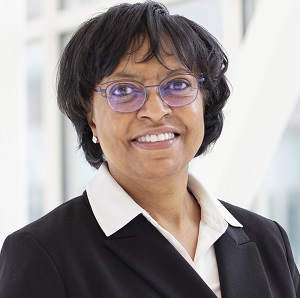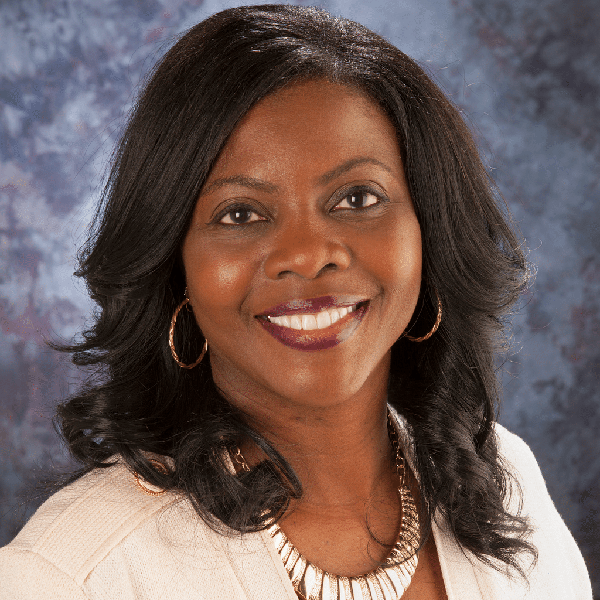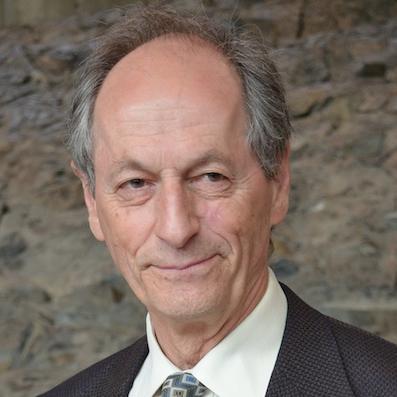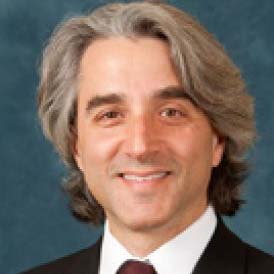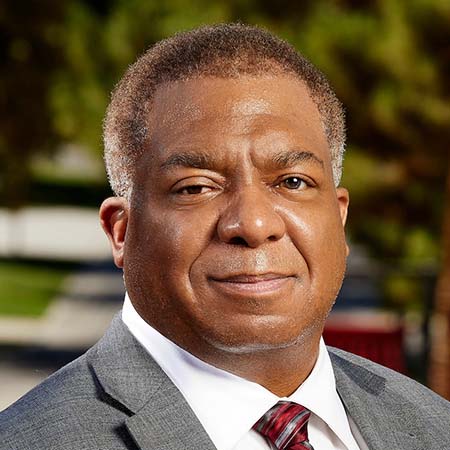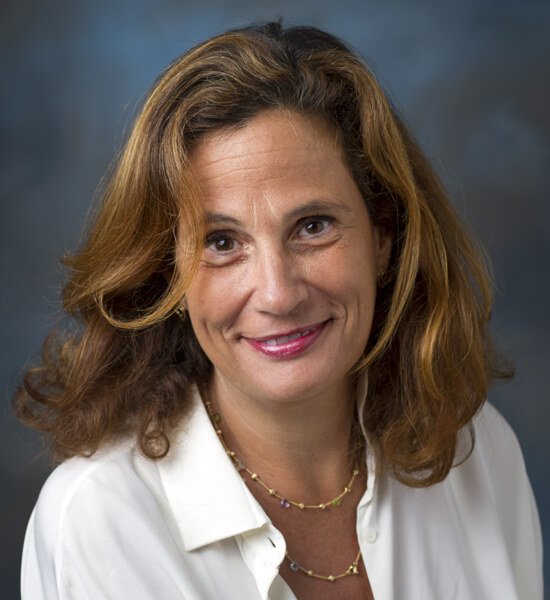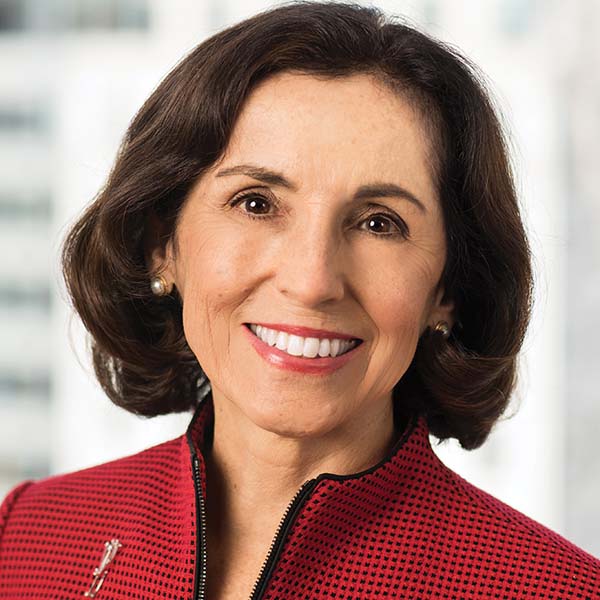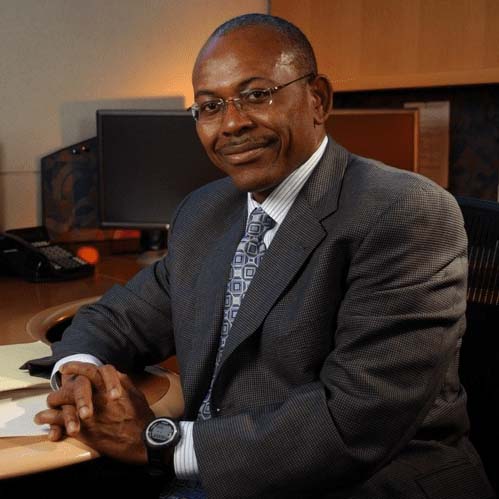Conversations with public health luminaries
The Distinguished Colloquium Speaker Series brings national leaders to the IU School of Public Health-Bloomington throughout the academic year. These events, which are free and open to the public, highlight key topics and contemporary issues in public health.



